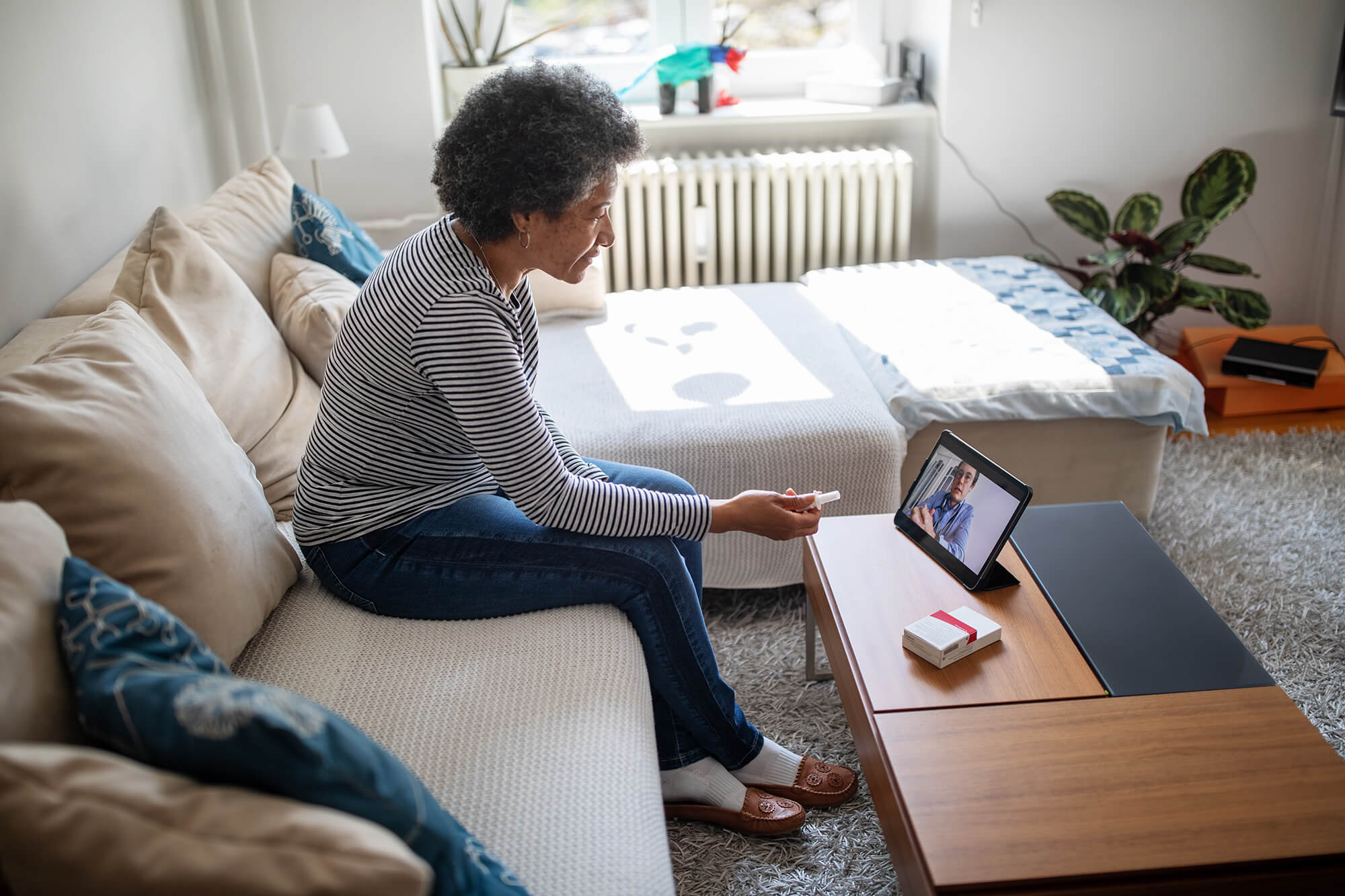Childhood cancer and its treatment often result in survivors experiencing long-term health complications. These patients may need care that focuses on prevention and treatment of late effects and screening for recurrence of new cancers for the rest of their lives. Although nurses are the ideal health professionals to provide ongoing, lifelong personalized cancer survivorship care through adulthood, the circumstances for delivering such care often are not ideal.1
Cancer care facilities experience the happy result of many patients with cancer surviving their disease; however, this is often coupled with a too-limited service capacity for survivorship care. Oncologists are frequently the providers of survivorship care in pediatric cancer centers, but these are usually only located in major cities. In addition, they offer pediatric survivorship care but not lifelong survivorship care, therefore the maturing patient moves on to adult health care services often without continuing their posttreatment care. Pediatric cancer survivors are often lost to follow-up at this point.
Re-engaging Adult Survivors
Nurse practitioners already provide cancer survivors and their families with the resources they need to manage their own health, but the process can be difficult and fraught with barriers. Christina Signorelli, PhD, of the Kids Cancer Centre at Sydney Children’s Hospital in Sydney, Australia, and colleagues speculated that using available technology could modernize and improve this process.
In a recently published report, the Australian group described their “Re-engage” program. Re-Engage is a nurse-led intervention aimed at engaging, educating, and empowering survivors of childhood cancers who are no longer receiving cancer-related care through a distance-delivered live intervention requiring synchronous participation of the survivor and nurse.
Taking advantage of the increasing acceptance of nurse-led care, they initiated a pilot study to explore the feasibility of the Re-engage concept. Participation in the pilot study was via secure video-conferencing software or telephone, whichever the participant preferred.
Study Population
Potential participants were identified by their electronic hospital records or through the clinic nurse and oncologist. Eligible survivors received an invitation letter, information sheet, consent form, and opt-in/opt-out card. Because this was a technology-assisted study, survivors were invited to borrow the equipment needed to participate, whether they needed a telephone, computer, tablet, or even an Internet connection. Interesting to note, no participants needed equipment supplied by the researchers; most chose to participate via telephone.
Eligibility criteria for the pilot study included age older than 16 years with a cancer diagnosis before age 18. Participants also had to be at least 5 years past their diagnosis and have been treated at Sydney Children’s Hospital. Survivors were not eligible if they had received cancer-related survivorship care in the 2 years prior to enrollment.Participant data were collected at baseline, 1 month, and 6 months using online or paper surveys, per participant preference.
Of 36 eligible survivors, 27 completed the full program. Their median age at enrollment was 31 years, and 16 were male. Mean age at diagnosis was 9 years, and participants had completed treatment an average of 23 years prior to enrollment. Primary diagnoses were leukemia, lymphoma, and brain cancer; treatments were surgery, chemotherapy, radiation, and bone marrow transplant. Three survivors experienced relapses and 3 developed second cancers.
